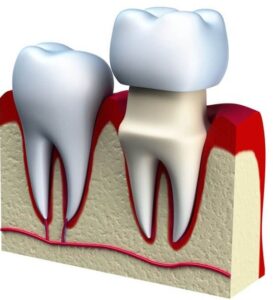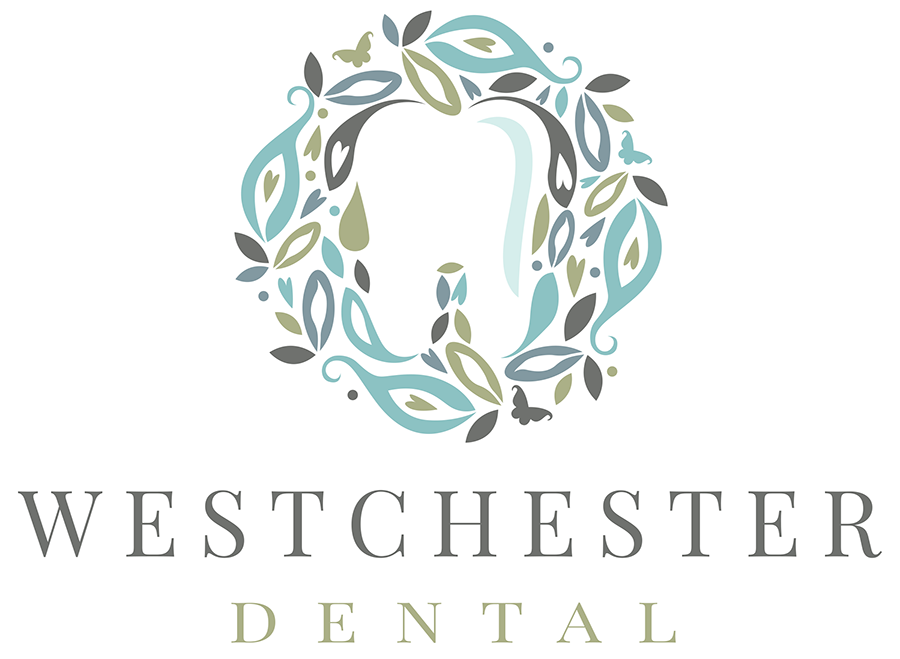 Gums can sometimes get in the way of dental procedures, especially if a tooth has broken off at the gum line. When that happens, a crown lengthening procedure is then conducted to be able to do the necessary dental work.
Gums can sometimes get in the way of dental procedures, especially if a tooth has broken off at the gum line. When that happens, a crown lengthening procedure is then conducted to be able to do the necessary dental work.
When This Procedure Is Needed
Most often, this procedure is used when a dentist needs to expose more of the roots of a tooth in order to perform some type of repair. It may be needed when a crown or a filling falls out of a tooth and the dentist finds tooth decay underneath. In order to repair the tooth, the dentist will need access to the roots. On other occasions, gums can sometimes overgrow what is considered normal and a reduction of gum tissue is needed to improve appearance.
The Diagnosis
When a tooth has broken off, the dentist will likely take an x-ray of the tooth prior to doing anything. This will be to make sure that the root is in good condition and that there are no possible complications. It will also be necessary to determine where the bone is because some of it may need to be removed.
Preparation
Before the procedure takes place, the dentist will often provide teeth cleaning. This will help to reduce oral bacteria and reduce the possibility of infection. Dental crowns in the area may be removed temporarily and then replaced following the surgery.
What the Procedure Involves
This procedure is usually conducted under local anesthesia, but sedation may also be used. In the crown lengthening procedure, the dentist will cut the gums in a couple of places, and may completely remove some of it. This will expose more of the tooth root, and may also expose some of the bone. In some cases, the dentist may use a tool to cut away some of the bone.
Once this part of the procedure has been completed, water will be applied to remove blood, bone chips, and other debris. The gums will then be sutured into their new position.
Correcting “Gummy Smiles”
Gums can sometimes grow more than normal, making the smile less attractive. The crowns of the teeth can be made to look longer, or more even, by lengthening the crown. This procedure cuts away some of the gums to provide a more even look that reveals a better tooth-to-gum ratio.
Healing Time
While results will be seen immediately, it will take between two to three months for the gums to heal completely. Very little pain is apt to be felt afterward, and if pain medication is needed, an NSAID should be sufficient. Patients will need to brush carefully around the area, but flossing is still necessary. An antibacterial mouthwash will also be prescribed to help prevent gum disease.
We can also help you get crowns, and other cosmetic dentistry services to give you a great smile. In order to get a consultation or to set up an appointment, just call our office at (914) 732-3377.

